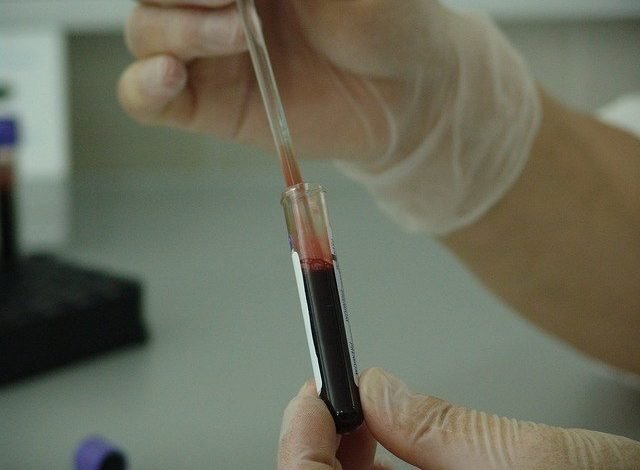
The difference between blood cancers: leukemia and lymphoma
The difference between blood cancers: leukemia and lymphoma
Most cancers are solid – a group of mutated cells that grow out of control and form a tumor. The six most common cancers—breast, lung, prostate, colorectal, skin, and bladder cancers—are solid cancers accounting for nearly one million new cases annually. Cancers that are not considered solid cancers are often categorized as leukemias: leukemia, lymphoma, and myeloma. They are not outliers, with leukemias causing more than 170,000 new cases of cancer annually. These cancers begin in the blood, bone marrow, and lymph, substances that interact so smoothly that the cancers they infect share common features and symptoms. But each leukemia has unique characteristics and often requires different treatments.
“We call them hematomas. Hematology means blood and carcinomas. They are tumors that occupy the space related to the bone marrow and blood supply.” David Topolsky, hematologist, oncologist and oncologist
What are the types of leukemia?
The three main types of leukemia are:
Multiple myeloma: This cancer develops in the bone marrow and affects plasma cells that produce antibodies that attack infection and disease. When plasma cells become cancerous, they can build up in the marrow and damage or weaken bones and cause pain. Cancerous plasma cells also produce defective antibodies, which make it difficult for the body to fight infection. Multiple myeloma can be treated with targeted therapy, radiotherapy, chemotherapy, and/or a stem cell transplant. Learn more about multiple myeloma, how to identify symptoms, how to classify it, and how to treat it.
Leukemia: Cancer of the blood cells usually begins in the bone marrow and travels through the bloodstream. In leukemia, the bone marrow produces mutated cells and spreads them to the blood, where they grow and replace healthy blood cells. Leukemia comes in many forms, but the main diagnosis is determined by whether the disease is acute or chronic. Acute leukemia grows quickly and may require aggressive treatments.
Lymphomas: These diseases affect the cells of the lymphatic system. In lymphomas, immune cells called lymphocytes grow out of control and accumulate in the lymph nodes, spleen, other lymph tissues, or nearby organs. There are dozens of types of lymphoma, but the disease is largely classified as Hodgkin’s lymphoma or non-Hodgkin’s lymphoma. Immunotherapy may be used to treat some cases of Hodgkin lymphoma. Other treatments for lymphoma include chemotherapy and surgery to remove affected lymph nodes.
What purpose do these liquids serve?
- Blood: Blood regulates the flow of oxygen and carbon dioxide in and out of the body, contains immune cells that fight infection, and supplies the body with nutrients and hormones.
- Bone marrow: Red bone marrow produces new blood cells and platelets that help regulate the clotting process. Yellow bone marrow makes and stores fats that help build bone and cartilage.
- Lymph: Lymph fluid carries immune cells throughout the body, carries bacteria to the lymph nodes to be filtered from the circulation, and returns excess protein to the blood supply.
Patients with leukemia often have symptoms common to all three forms of the disease: weakness and fatigue, bone pain, infections, fever, and weight loss. Some types of leukemia and lymphoma are so similar that they can be considered the same disease, but are named according to whether they are present in the blood or lymphatic system. For example, chronic lymphocytic leukemia and small lymphocytic lymphoma affect the same type of cells (small lymphocytes) and are often seen as different versions of the same disease. A definitive diagnosis may require a bone marrow biopsy or a procedure called flow cytometry, in which cancer cells are analyzed with a laser.
Dr. Topolsky says it’s essential to make an accurate diagnosis not only of the type of leukemia, but also any of the many subtypes a patient may have. “The most important thing for a patient to understand is exactly what they have,” Dr. Topolsky says. “There are many different types of lymphomas and many different types of leukemia. Therefore, the most important thing is to have a clear understanding of your specific disease. Good communication and education from an oncologist or physician is essential to help you understand what you are dealing with and the treatment options that are available. is yours “.



